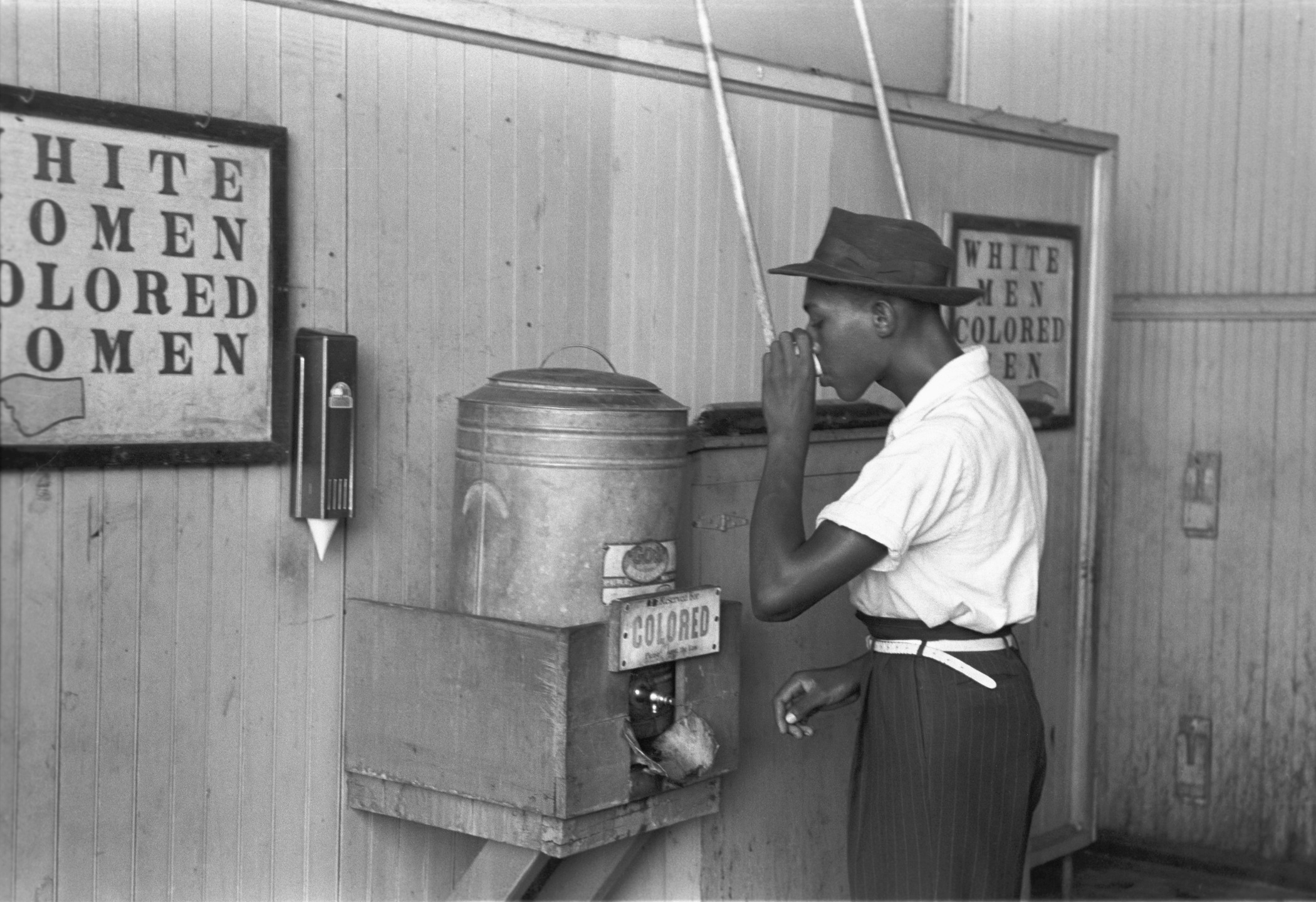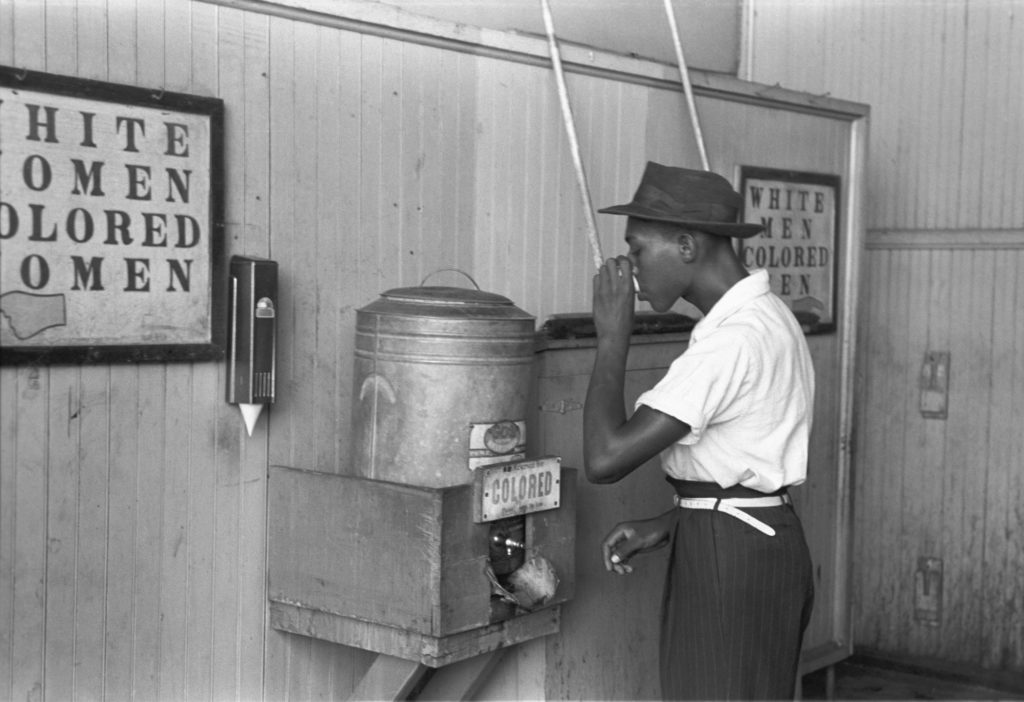

By Dr. Malik Simba
In 1965, my first job was as a copy boy at the Denver Post newspaper. My father, Theoplis T. Hogue, Sr., was a maître d’ in the Gyro Club, a private club within the segregated Denver Athletic Club (DAC). While serving a millionaire White member, my father asked the member to help his 17-year-old son to acquire summer employment. Thus, my hire at the Denver Post.
As a retired Fresno State professor, I write and teach critical race theory. This theory, in part, explains the many contradictions about race in America. It explains why I could play basketball at the DAC as an “honorary white.”
In 1987, I was fortunate to be selected for a National Endowment for the Humanities research seminar at the University of Wisconsin Law School. The law school had faculty who wrote critical legal theory. The “Crits” advocated that law was a coercive cultural institution that serves the rich or capital and not those at the social bottom. This legal theory became the basis for critical race theory.
Conservatives attacked the Crits by arguing that Lady Justice remains blind to the social conditions of inequality. A name I suggest for this response is hypocritical race theory. However, critical race theory, in part, seeks to explain why, in 1957, the White teen, Hazel Bryant, yelled racial epithets at Elizabeth Eckford, who was attempting to integrate Central High School in Little Rock, Ark. Eckford, along with eight other Black teenagers, with the protection of the 101st Airborne, was successful.
Critical race theory seeks to explain to Bryant’s grandchildren today why Granny was so angry or what Thomas Jefferson meant when referring to slavery as having a “wolf by the ears” or a “fire bell in the night.”
The 1960s is known as the period of the nonviolent civil rights movement, but unfortunately, White racial hate produced an inordinate amount of violence against Blacks. Critical race theory seeks to explicate this violence in the social relations of White over Black and to explain the resistance to how civil rights laws sought to equalize to a certain extent this social relationship.
The veracity of how racism affects American culture is vehemently resisted by conservatives today in the guise of multiple conservative “red” Republican states passing laws forbidding public schools from teaching critical race theory. This situation reminds one of the famous dialogue in the film A Few Good Men. In one scene, Tom Cruise, a naval lawyer, or JAG, stridently questions Jack Nicholson’s character, Col. Nathan Jessup, about the truth in the case. Jessup loses his cool and shouts at Cruise, “You can’t handle the truth.”
Critical race theory seeks to clarify the truth about the dark racism within American culture and law, but conservatives just cannot handle the ugly man or woman in the mirror.
To better understand why truth-telling is so important today, one need not look any further than the state of Israel and its clarion regarding the Holocaust: “Never again.” Jews in Israel and around the world are required to remember the darkest days of their history, which is not comparable to the slavery thesis of the 1619 Project but is important to how Blacks think about the American past.
In fact, one Black National Anthem stanza is germane to both Jews and Blacks alike: “Stony the road we trod, Bitter the chasten rod, Felt in the days when hope unborn had died…treading our path through the blood of the slaughtered.” Vanessa Williams sang this anthem on July 4 and was called out by conservatives as “divisive” and “racist.” However, American history is exactly that as demonstrated by the Civil War.
Critical race theory helps all to understand Herbert Aptheker’s observation that the oppressor needs history for rationalization and justification, whereas the oppressed use history to inspire struggle against that oppression. However, theory per se is only taught at the graduate school level.
In response to the conflict over critical race theory, Fox News on July 4 hosted Trump’s former press secretary, Kayleigh McEnany, who ahistorically bragged that the major Founding Fathers were all against slavery. However, George Washington’s Mount Vernon was a slave plantation as was Thomas Jefferson’s Monticello and Andrew Jackson’s The Hermitage and most of the signers of the Declaration of Independence were slaveholders.
We as historians call this illusion “cherry tree” history per the myth about George Washington never telling a lie. McEnany applauded Frederick Douglass, not knowing of Douglass’s famous 1852 speech, “What to a Slave is the Fourth of July?” Read closely; this speech conjures up the themes within critical race theory.
I taught American history via critical race theory for 40-plus years to White, Black and all others, and no student concluded my courses hating America. Instead, they came to appreciate the complex and difficult mirror of this nation’s history.
*****
Dr. Malik Simba is professor emeritus of history and Africana studies at Fresno State and has taught at the University of Minnesota, Binghamton University and Clarion University. His book, Black Marxism and American Constitutionalism: From the Colonial Background through the Ascendancy of Barack Obama and the Dilemma of Black Lives Matter, is used widely. Dr. Simba serves on the board of Blackpast.org, the Google of the Africana experience.
